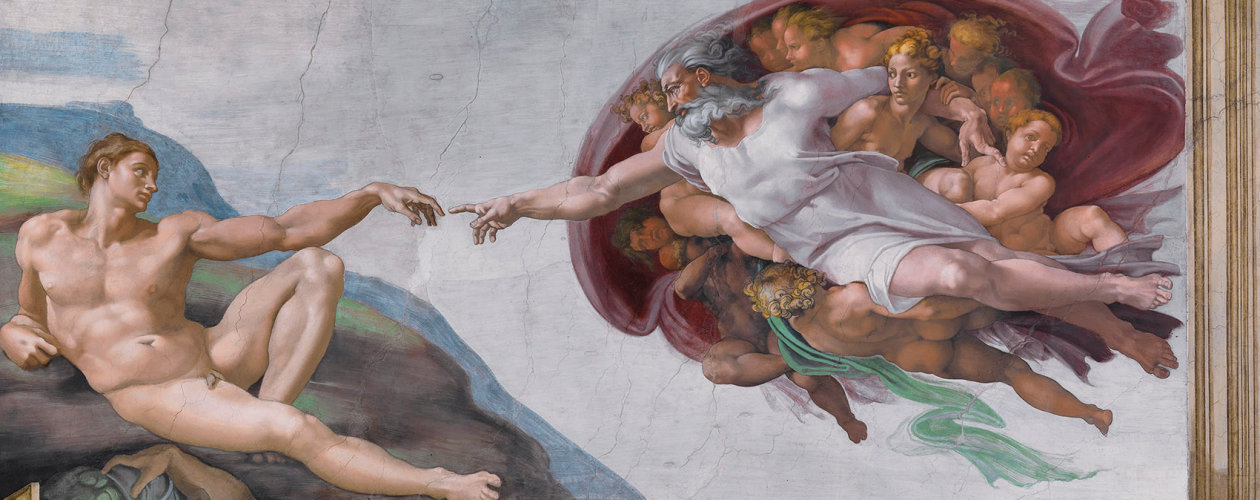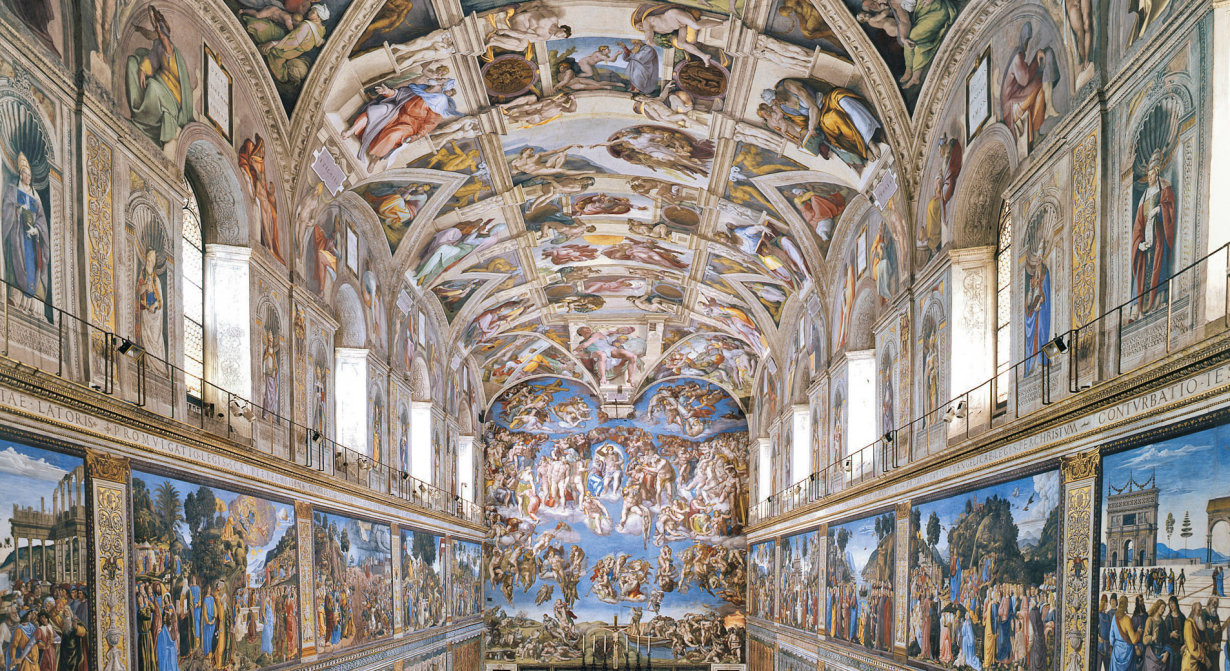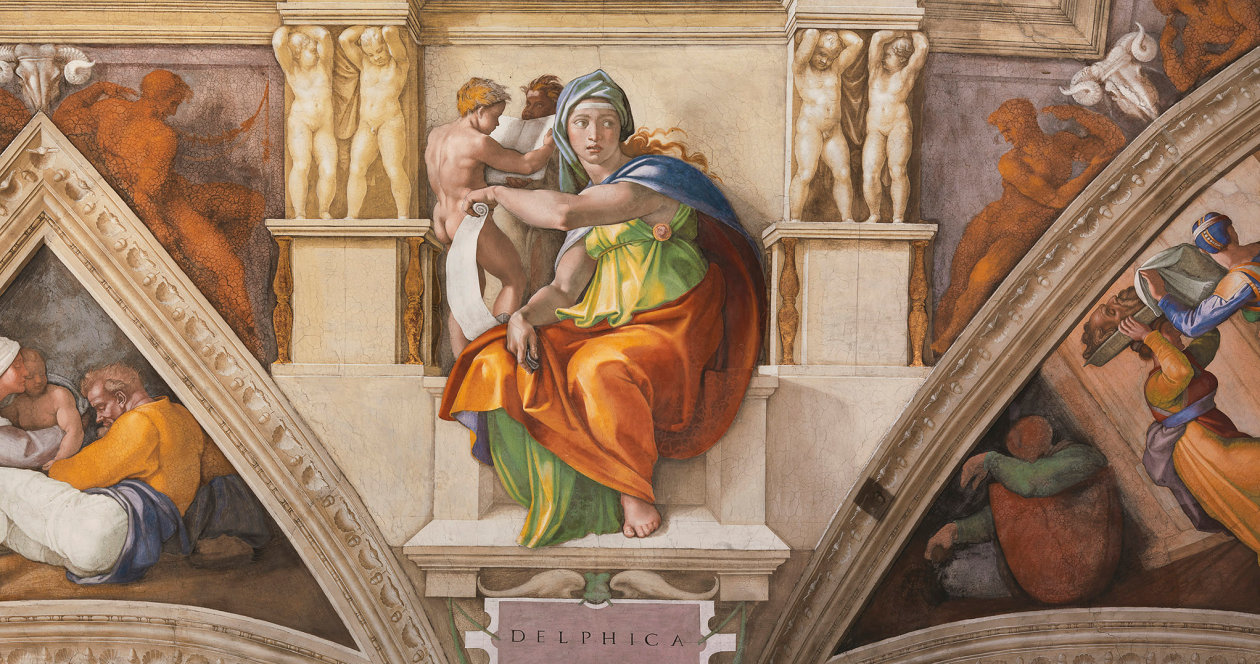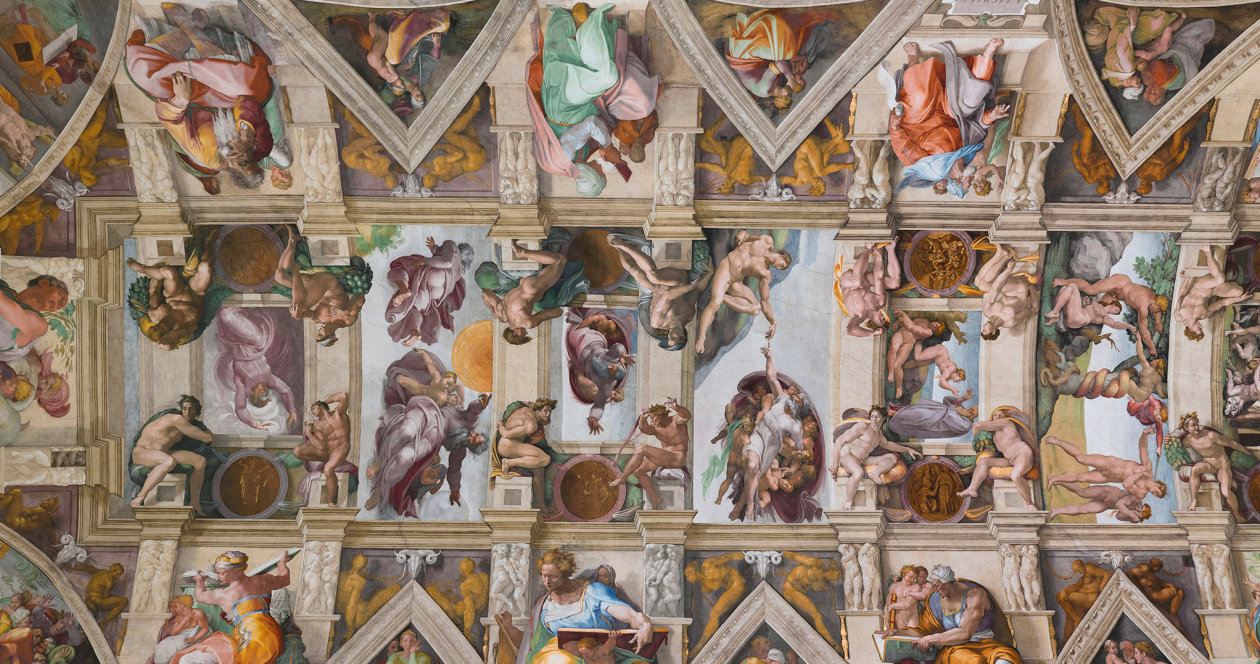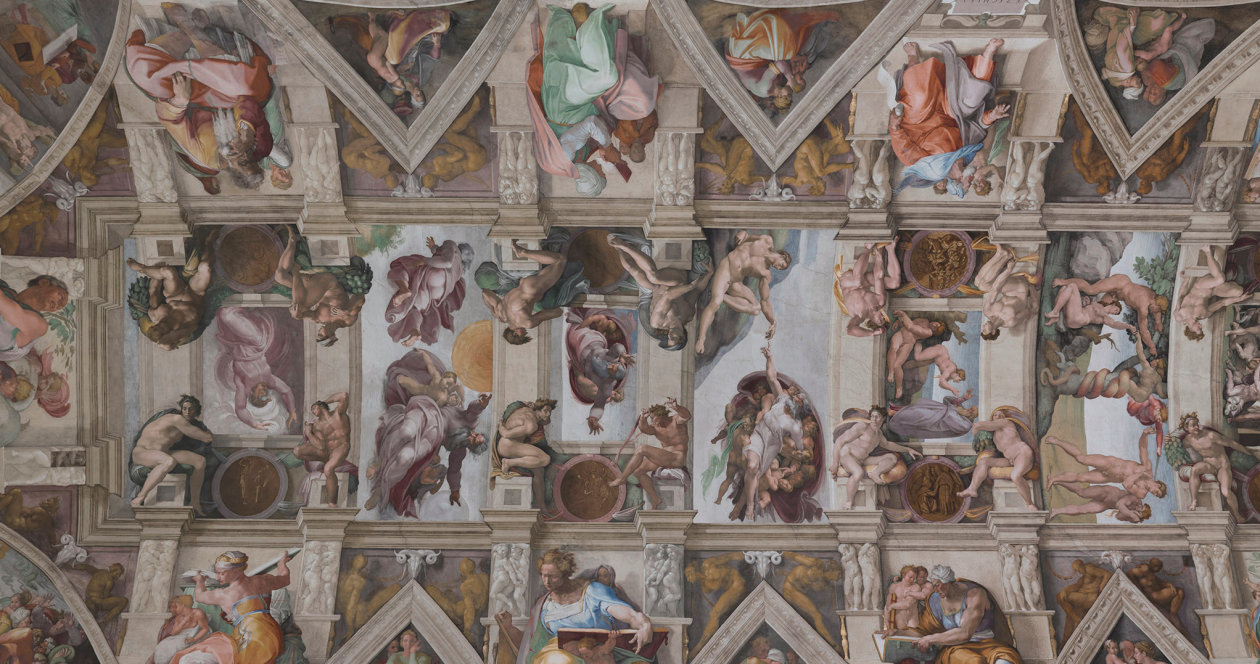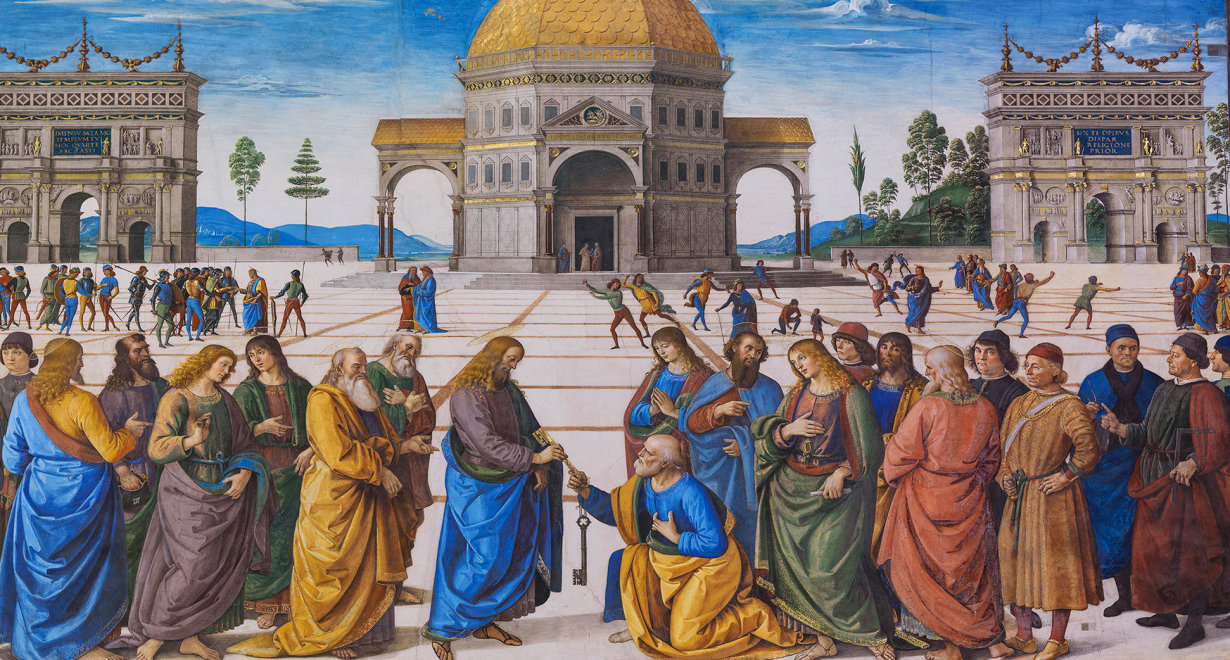Michelangelo in a new light
The world-famous frescoes and works of art in the Sistine Chapel in Rome now appear in all their splendor and precision – thanks to an LED masterpiece from OSRAM.
The world-famous Sistine Chapel in Rome is home to some of the most important paintings ever created. From now on, this place of particular spiritual and cultural significance, where popes have been elected for centuries and Michelangelo’s frescoes cast their spell over thousands of visitors every day, will be revealed in its full splendor by new LED lighting – thanks to OSRAM.
Since 2014, state-of-the-art OSRAM lamps with our LEDs have given the 4.5 million visitors of the Sistine Chapel the best view of Michelangelo's frescoes. Uniform illumination, the best visibility of the colors and, of course, their conservation and protection remain the centrepoint.
7,000 Osram LEDs illuminate the Sistine Chapel
Osram developed an LED lighting solution for the Sistine Chapel in 2014 that sets new standards in terms of energy efficiency and quality of light. The requirement for completely glare-free illumination that complies with strict conservational specifications and the immense historic importance of the Chapel and its globally unique works of art necessitated a technically individual, high quality lighting solution.
360° tour of the Sistine ChapelThe installation that is especially caring for the works of art also enables significantly higher illuminance levels – around 50 to 100 lux (10 to 15 lux with the previous installation) ensure that the art can be easily recognised without causing the ageing process to be accelerated. The immense diversity of colours and 3D effects in Michelangelo's famous art creation are now seen by viewers for the first time in their complete radiance, and the lighting solution also consumes up to 90% less power than the previously installed version.
Before/after comparison of Michelangelo's frescoes
The world-famous frescoes in LED splendor
Before the Chapel was immersed in this new light for the first time, an international team from OSRAM had worked on the new system for over three years. The team was responsible for the technical equipment and the coordination of the project. Two other companies and a university were also on board, as well as the client, of course, the Vatican.
OSRAM managed the project and coordinated the international partners. Outstanding results were achieved by the consortium’s researchers, engineers, technicians and light designers. The list of jobs that had to be addressed was long: the lighting intensity and color reproduction were to be considerably improved, and the energy consumption was to go down by at least 60 per cent. The lighting’s brightness was to be made fully dimmable, and the spectral distribution was to be adaptable to the pigments of the Michelangelo frescoes in order to achieve the best-possible light color. “However, this was also about proving something,” the project's manager recalls. “We wanted to show that LED lighting does far less damage to renaissance works of art than any other lighting technology.”
The working conditions were rather unusual. The OSRAM staff were often busy well into the night, as they could only begin work when the last visitors had left the Chapel in the evenings. To prevent damages, they were not allowed to drill any holes into the walls of the Chapel to attach the lights. They were mounted on specially manufactured carbon mats which were glued onto the masonry and hidden behind a cornice. A new, unique technique.
A system especially optimized in terms of both light distribution to match the architecture and also the spectral distribution of the color pigments with 40 high performance and particularly energy-efficient LED flutes ensures that the Chapel’s ceiling and walls are indirectly and evenly lit. If required, ten extendable LED spotlights illuminate the floor and the altar area, for example during a papal conclave.


